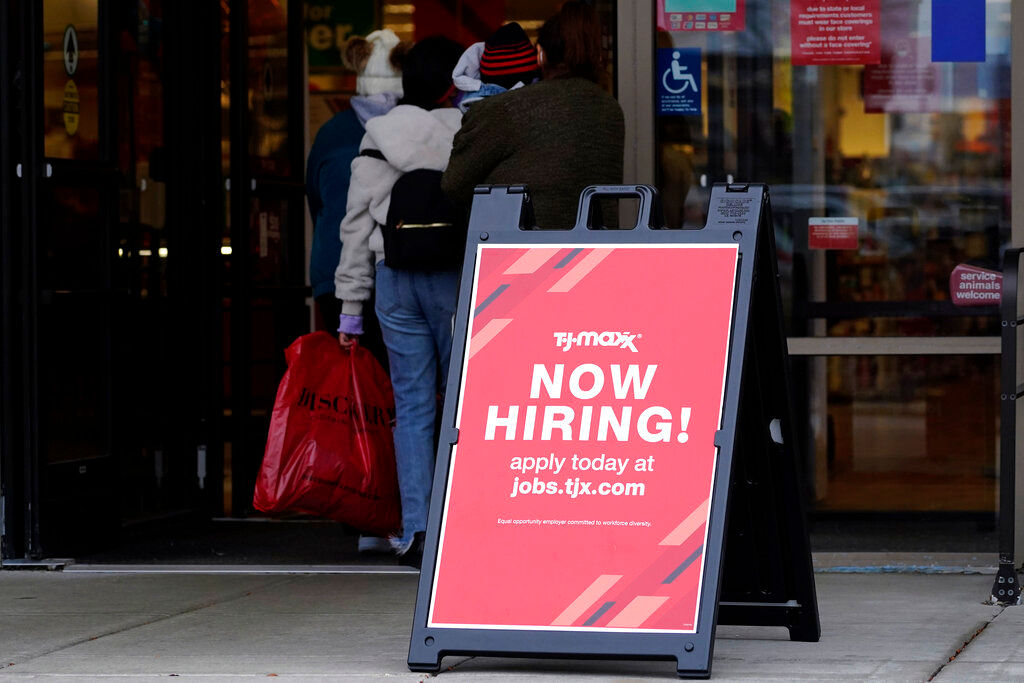Weekly jobless claims in the United States registered their biggest drop in more than 50 years. Last week’s jobless claims totaled 199,000, when adjusted for seasonal swings, reaching “the lowest level for initial claims since November 15, 1969, when it was 197,000,” according to the US Labour Department. The four-week average of claim also dropped by 21,000 to just over 252,000, the lowest since mid-March 2020 at the start of the COVID-19 pandemic. Unemployment rate fell to 4.6% in October, down from 4.8% in September, according to the Department of Labor.
US jobless claims fall to 199,000, lowest in 52 years
Jobless claims vs unemployment rate
Jobless claims are a measure of how many people are out of work at a given time. Unemployment rate helps determine the percent of labor force, made up of the employed and the unemployed, that is jobless.
According to the Bureau of Labor Statistics, people are considered employed if they did any work at all for pay or profit during the survey reference week. This includes all part-time and temporary work, as well as regular full-time, year-round employment.
Amazon offers to fund education of its 750,000 workers in US
Individuals also are counted as employed if they have a job at which they did not work during the survey week, whether they were paid or not, because of different circumstances, such as, if they were on vacation, ill, experiencing child care problems, on maternity or paternity leave, taking care of some other family or personal obligation, involved in a labor dispute, or unable to work because of bad weather.
US unemployment claims fall to new pandemic low of 290,000
“These people are counted among the employed and tabulated separately as with a job but not at work, because they have a specific job to which they will return,” the bureau says.
People are classified as unemployed if they do not have a job, have actively looked for work in the prior 4 weeks, and are currently available for work. Actively looking for work may consist of contacting an employer directly or having a job interview, a public or private employment agency, friends or relatives, or a school or university employment center; submitting resumes or filling out applications, placing or answering job advertisements, checking union or professional registers, or some other means of active job search.







